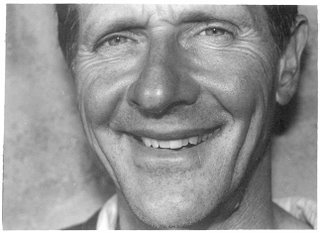
HABITS
Here’s a couple of habits I’ve had an interesting time opening up to new possibilities.
First: which side of the bed I sleep on. For a long time, I’ve known of a predilection for a certain side of the bed when I sleep with a partner. Several times I’ve had the idea of becoming less fixed and efforts to open the habit haven’t taken. In the last six or eight months, though, I build a bed with a nice firm plywood base and cotton futon mattress and tucked it into a small EAST FACING BEDROOM.
The bed is right next to a window. And it’s cold next to this window, since we sleep with it wide open. So it’s the least favorite side of the bed on all but very warm nights. (Sonoma has heavenly night weather. Even when 100 degrees in the day, in gets down to the low fifties at night).
So, Marlie and I now go every other night on the opposite side of the bed and the part of me that only thought I could hug from a certain side, or be ‘comfortable’ on a certain side, has been proven wrong.
A second habit, opened up, comes care of Milton Erickson. He was talking to his students about paying attention to the sort of outcomes you might want and kind of working back from that. He suggested reading a novel from back to front, not page by page, but last chapter first and then second to last chapter and so on.
I haven’t done this with many novels, but it’s pretty interesting. With one, Brother’s Karamazov, it turned a psychological tour de force into a thriller as well, since people reading front to back know who the killer is long before someone reading back to front.
And why the caps on EAST FACING BEDROOM? This is one of a couple of hundred univeral patterns used by human beings going about making really nice shelters and villages and living places for themselves in A PATTERN LANGUAGE, by Christopher Alexander. It, along with PERMACULTURE, A DESIGNER’S MANUAL, by Bill Mollison, is one of those books you can see the whole world through, and transform that world via whole system thinking. Not unlike the Feldenkrais Method, except we don’t have anything written anywhere near approaching these books.
No comments:
Post a Comment